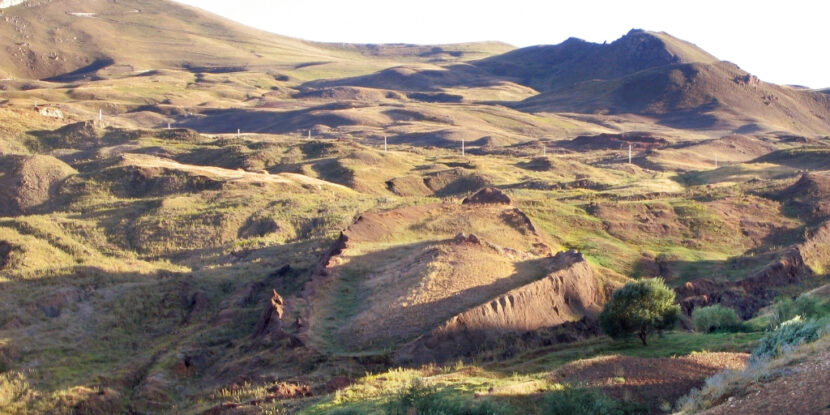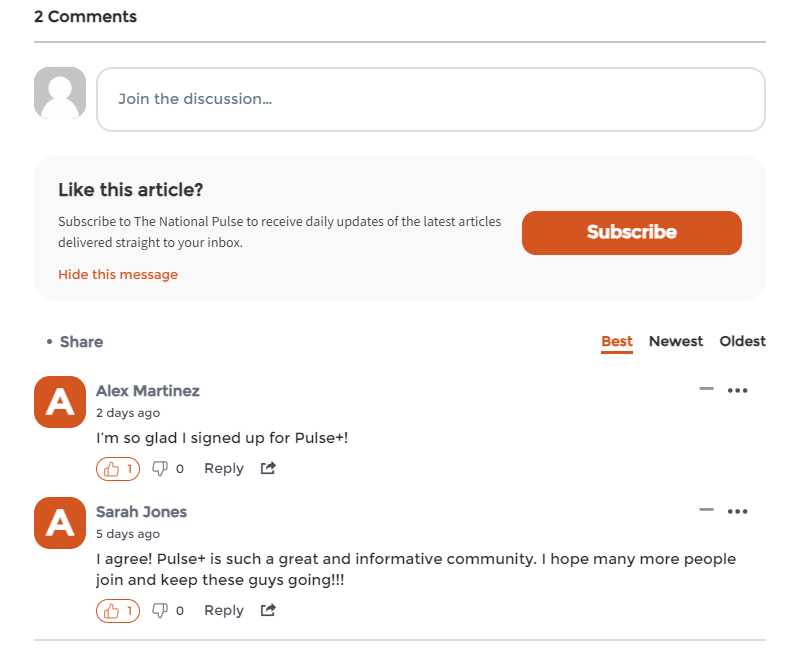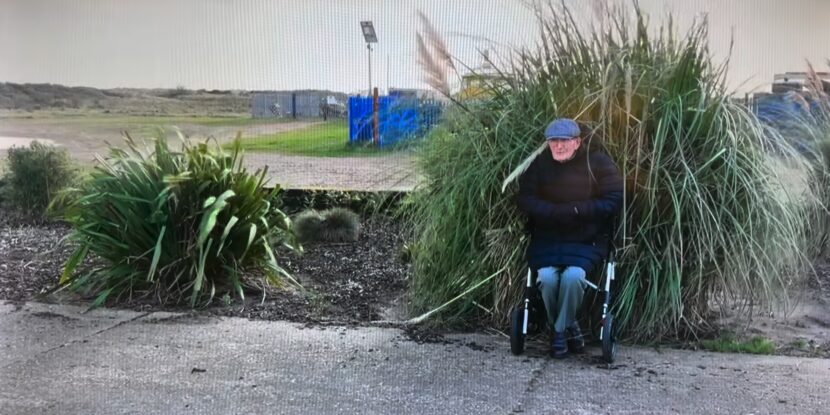PULSE POINTS:
❓What Happened: A geological formation near Mount Ararat in Turkey is being studied by researchers who believe it could be the remains of Noah’s Ark.
👥 Who’s Involved: Independent researchers from Noah’s Ark Scans, including Andrew Jones and William Crabtree.
📍 Where & When: Durupinar Formation, 18 miles south of Mount Ararat, Turkey. Recent findings published in May 2025.
💬 Key Quote: “This is not what you’d expect to see if the site were simply a solid block of rock or the result of random mudflow debris,” said Andrew Jones.
⚠️ Impact: The findings could provide evidence supporting the Biblical account of Noah’s Ark, sparking renewed debate over the site’s origins.
IN FULL:
Researchers from Noah’s Ark Scans have unveiled findings from the Durupinar Formation, a site in Turkey believed by some to be the resting place of Noah’s Ark. Using ground-penetrating radar (GPR), the team identified angular structures and a 13-foot tunnel running through the center of the formation, with features resembling hallways and rooms.
Andrew Jones, an independent researcher with the project, explained that the scans revealed three distinct layers beneath the surface, consistent with the Biblical description of the Ark having three decks. “What’s left is the chemical imprint, pieces of wood, and in the ground, the shape of a hall,” Jones recently told the media.
The formation, located 18 miles south of Mount Ararat, was first revealed in 1948 after heavy rains and earthquakes washed away surrounding mud. The Bible describes Noah’s Ark as a massive wooden vessel that saved mankind and animals from a catastrophic flood over 4,300 years ago, coming to rest on the “mountains of Ararat.”
William Crabtree, another researcher, noted that soil analysis from the site revealed elevated potassium levels and higher organic matter inside the formation compared to the surrounding soil. “If this was a wooden boat and the wood had rotted over time, we would expect to see elevated levels of potassium, changes in pH, and higher organic content—and that’s exactly what we’re finding,” Crabtree stated.
The team also observed that grass within the boat-shaped formation differs in color from the surrounding area, which they suggest may indicate a man-made origin. Plans for further testing include core drilling and additional GPR scans to compare the formation’s interior with its exterior.
While some scientists argue the site is a natural geological feature, others see the findings as evidence supporting the Biblical account. Jones emphasized the importance of their ongoing work, saying, “We want to compare what’s inside the formation to what’s outside. That could give us a much clearer picture of whether this is truly something man-made.”



















